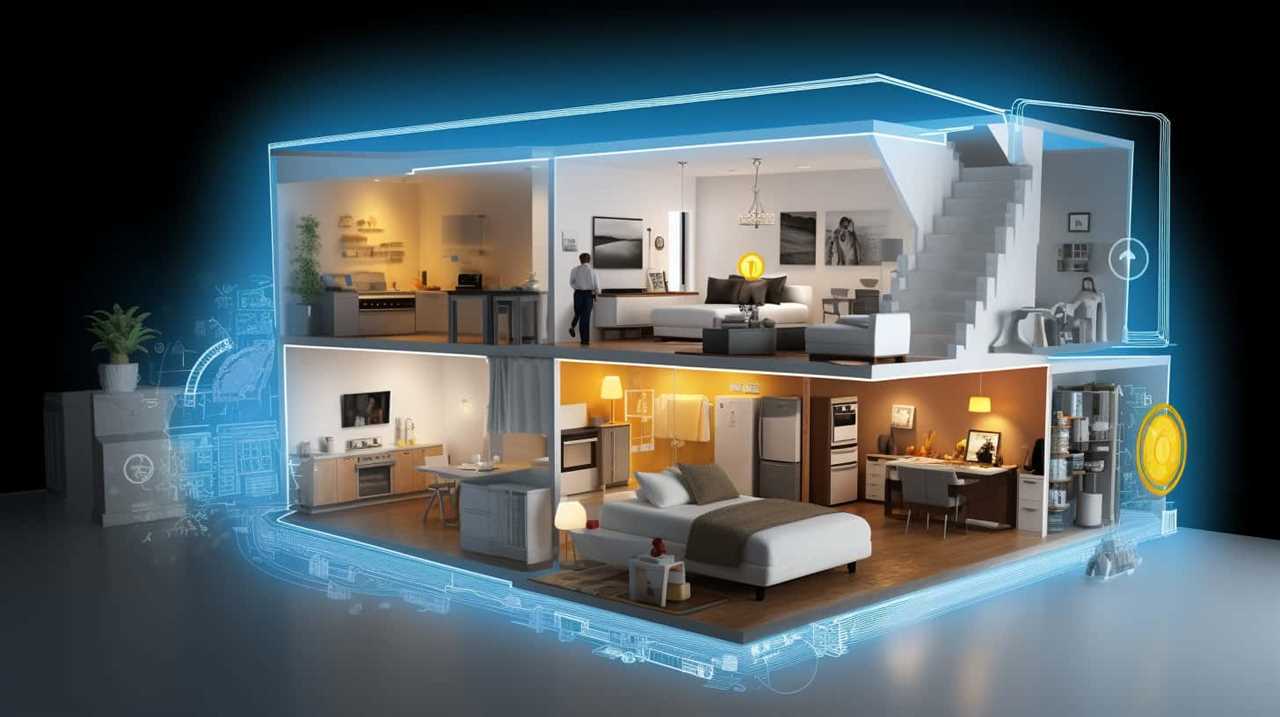Carbon monoxide is a colorless, odorless gas that can be produced by different household appliances. Knowing which appliances release carbon monoxide is vital for keeping people safe in a home. This information is especially important for those looking to excel in creating a secure living space.
Gas-powered heating systems, wood-burning stoves and fireplaces, gas-powered water heaters, and gas-powered ovens and stoves are among the appliances that can release carbon monoxide. Additionally, gas-powered dryers and generators also pose a potential risk.
This introductory overview will delve into the specific appliances that emit carbon monoxide, providing valuable information to help individuals take appropriate precautions and mitigate potential dangers.
Key Takeaways
- Gas-powered heating systems are a significant source of carbon monoxide emissions.
- Wood-burning stoves and fireplaces can contribute to carbon monoxide emissions if not properly maintained and ventilated.
- Gas-powered water heaters are a common source of carbon monoxide emissions in households.
- Regular maintenance, proper ventilation, and the use of carbon monoxide detectors are crucial for preventing carbon monoxide poisoning.
Gas-Powered Heating Systems
Gas-powered heating systems are a significant source of carbon monoxide emissions. Carbon monoxide is a colorless, odorless gas that can be extremely dangerous if inhaled in high concentrations. To address this issue and reduce the environmental impact, it is important to consider alternatives to gas heating systems.
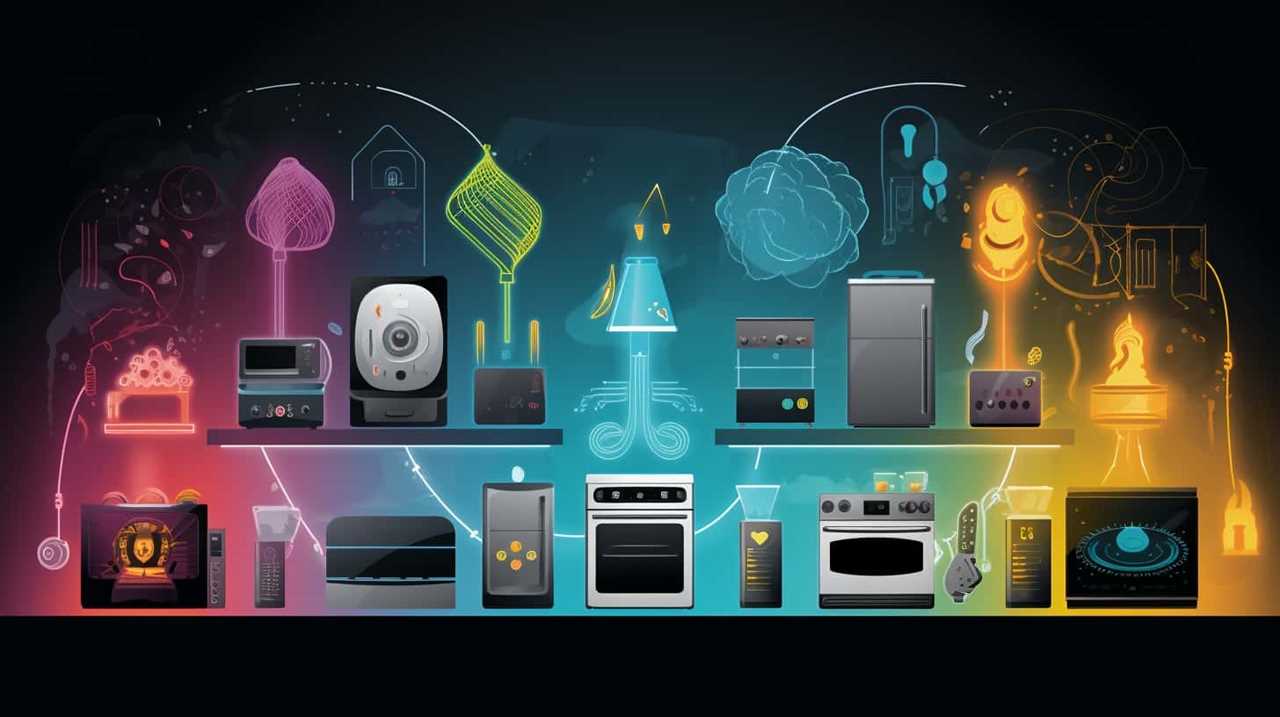
One such alternative is electric heating, which produces zero carbon monoxide emissions. Electric heating options include electric baseboard heaters, radiant floor heating, and heat pumps.
Another energy-efficient heating option is geothermal heating, which utilizes the earth’s natural heat to provide warmth. Geothermal systems have a significantly lower carbon footprint compared to gas-powered systems.
Wood-Burning Stoves and Fireplaces
Wood-burning stoves and fireplaces can contribute to carbon monoxide emissions if not properly maintained and ventilated. These traditional heating appliances are popular for their warmth and ambiance, but they require careful attention to ensure safety. Here are three key considerations for wood burning fireplace safety and proper maintenance of wood burning stoves:
- Regular chimney cleaning: Creosote, a byproduct of burning wood, can accumulate in the chimney and increase the risk of a chimney fire. Regular cleaning by a professional chimney sweep is essential to remove this buildup and prevent blockages.
- Adequate ventilation: Proper airflow is crucial to minimize the risk of carbon monoxide buildup. Make sure the room has sufficient ventilation, and consider installing carbon monoxide detectors near the fireplace or stove to provide an early warning of dangerous levels.
- Use seasoned firewood: Burning wet or unseasoned wood can produce more smoke and increase the likelihood of carbon monoxide emissions. Opt for properly seasoned firewood, which burns more efficiently and generates less smoke and harmful gases.
Gas-Powered Water Heaters
Gas-powered water heaters are a common source of carbon monoxide emissions in households. It is important to be aware of the safety measures associated with these heaters to prevent carbon monoxide poisoning.

Additionally, exploring alternative options for water heating can help reduce the risk of carbon monoxide exposure.
Common Carbon Monoxide Sources
A significant source of carbon monoxide emissions in residential settings is water heaters powered by natural gas. These appliances, while essential for providing hot water, can pose a serious risk if not properly maintained and operated. To help you understand the potential dangers, here are three key points to consider:
- Inadequate ventilation: Gas-powered water heaters require proper ventilation to ensure the safe release of combustion byproducts, including carbon monoxide. Without adequate airflow, carbon monoxide can build up indoors and pose a serious health hazard.
- Malfunctioning equipment: Faulty or poorly maintained water heaters can produce excessive amounts of carbon monoxide. Regular inspection and servicing are necessary to identify and address any issues that could lead to dangerous emissions.
- Carbon monoxide poisoning symptoms: It’s crucial to recognize the signs of carbon monoxide poisoning, such as headache, dizziness, nausea, confusion, and flu-like symptoms. Prompt action is essential if you or anyone in your household experience these symptoms.
Understanding the potential risks associated with gas-powered water heaters is vital for ensuring the safety of your home and loved ones.
In the following section, we will discuss important safety measures for heaters in general.

Safety Measures for Heaters
To ensure the safe operation of gas-powered water heaters, it is crucial to follow proper safety measures and maintenance protocols.
Regular heater maintenance is essential to prevent the buildup of carbon monoxide gas, a potentially lethal byproduct of incomplete combustion. It is recommended to have a professional inspect and service the heater annually to ensure its proper functioning.
Additionally, homeowners should install carbon monoxide detectors near the water heater and in other areas of the home to provide early warnings in case of a leak. These detectors should be tested regularly and their batteries replaced as needed.
Alternatives to Gas Heaters
One viable option as an alternative to gas-powered water heaters is the use of electric water heaters. Electric heating options offer several advantages over gas heaters, including:

- Energy Efficiency: Electric water heaters are more energy-efficient than their gas counterparts. They convert almost all the energy they consume into heat, resulting in lower energy bills and reduced environmental impact.
- Safety: Electric water heaters do not produce carbon monoxide, eliminating the risk of carbon monoxide poisoning. They also have built-in safety features, such as automatic shut-off mechanisms, to prevent overheating and potential accidents.
- Renewable Energy Sources: Electric water heaters can be powered by alternative energy sources, such as solar or wind power. This allows homeowners to reduce their reliance on fossil fuels and contribute to a sustainable future.
Gas-Powered Ovens and Stoves
Gas-powered ovens and stoves are commonly found in households and commercial kitchens alike. While these appliances are convenient for cooking, they can also pose a risk of carbon monoxide (CO) emissions.
Carbon monoxide is a colorless and odorless gas that can be produced when gas-powered ovens and stoves are not properly ventilated or maintained. To ensure safety, it is important to take appropriate precautions such as installing and regularly testing CO detectors, ensuring proper ventilation, and scheduling regular maintenance for these appliances.
Carbon Monoxide Risks
Gas-powered ovens and stoves pose a risk of emitting carbon monoxide. While these appliances are designed to efficiently cook food, they can produce this colorless and odorless gas as a byproduct of combustion. It is crucial to understand the potential risks associated with gas-powered ovens and stoves to ensure the safety of your home and occupants.
Here are three important considerations:
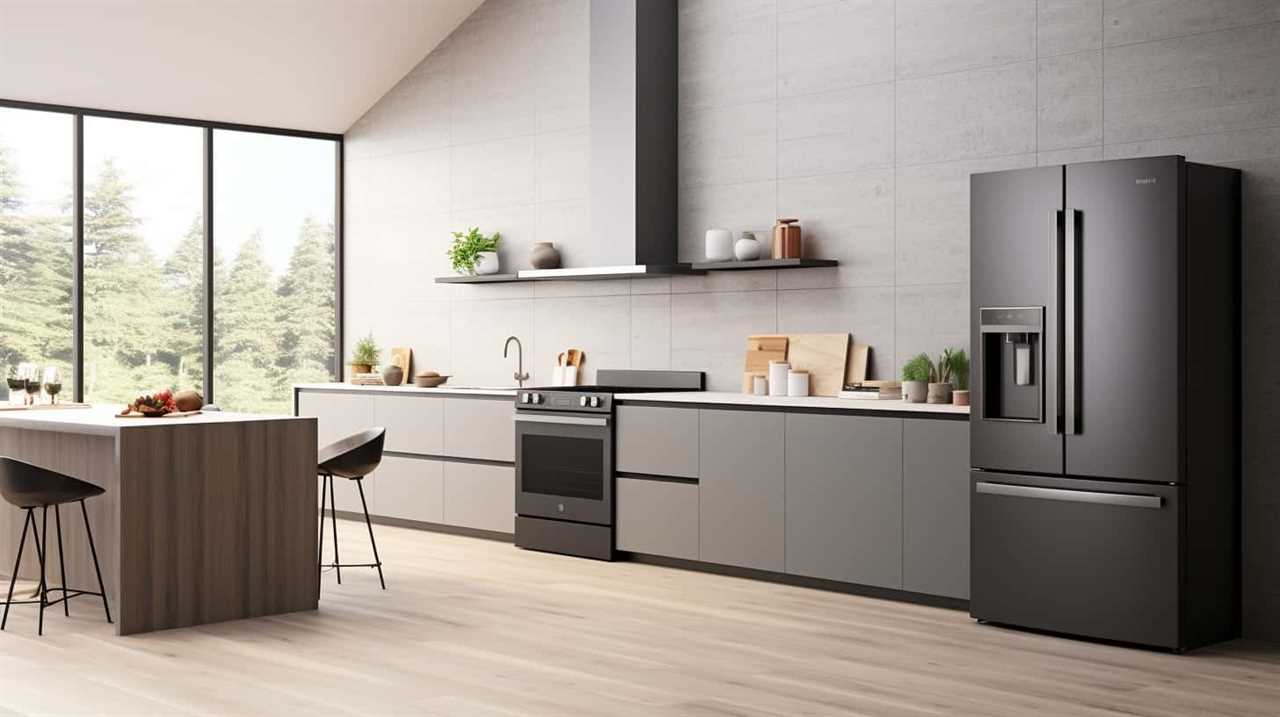
- Carbon monoxide detectors: Install carbon monoxide detectors near your gas-powered ovens and stoves. These devices can sense the presence of carbon monoxide and emit an alarm to alert you of dangerous levels.
- Proper ventilation: Ensure proper ventilation in your kitchen area by using exhaust fans, opening windows, or installing a range hood. Adequate ventilation helps to dissipate any carbon monoxide that may be produced.
- Recognizing symptoms: Familiarize yourself with the symptoms of carbon monoxide poisoning, such as headaches, dizziness, nausea, and confusion. If you experience these symptoms while using a gas-powered oven or stove, evacuate the area immediately and seek medical attention.
Safety Precautions Needed
To ensure the safety of your home and occupants, it is essential to implement appropriate safety precautions when using gas-powered ovens and stoves. Gas-powered appliances can be a potential source of carbon monoxide (CO), a colorless and odorless gas that can be harmful or even fatal when inhaled in high concentrations. Therefore, it is crucial to follow safety guidelines to minimize the risk of CO exposure.
Firstly, ensure proper ventilation in the kitchen by using exhaust fans or opening windows when cooking. It is also recommended to have carbon monoxide detectors installed near the kitchen area to provide an early warning in case of a leak. Regular maintenance and inspection of the gas-powered appliances by a qualified technician are essential to ensure their safe operation.
By adhering to these safety precautions, you can protect your home and occupants from the dangers of carbon monoxide.
Now, let’s move on to discussing the safety precautions needed for gas-powered dryers.

Gas-Powered Dryers
Gas-powered dryers can potentially emit carbon monoxide on a frequent basis, making them a concern for household safety. To ensure the safe operation of gas-powered dryers, it is crucial to follow specific safety guidelines and installation requirements.
Here are three important considerations:

- Ventilation: Proper ventilation is essential to prevent the buildup of carbon monoxide. Gas dryers should be vented to the outside, allowing harmful gases to be expelled from the home.
- Regular maintenance: Regularly inspecting and cleaning the dryer’s exhaust system and vent can prevent blockages and ensure proper airflow, reducing the risk of carbon monoxide leakage.
- Carbon monoxide detectors: Installing carbon monoxide detectors near the dryer area can provide an early warning in case of gas leaks, allowing you to take immediate action and protect your household.
Understanding these safety guidelines and installation requirements can help mitigate the risks associated with gas-powered dryers. Now, let’s move on to discussing another potential source of carbon monoxide emissions: generators.
Generators
The emissions from generators can pose a risk of carbon monoxide exposure. It is important to understand the safety guidelines associated with using portable generators to minimize the potential dangers. Here are some key safety guidelines to follow when using portable generators:
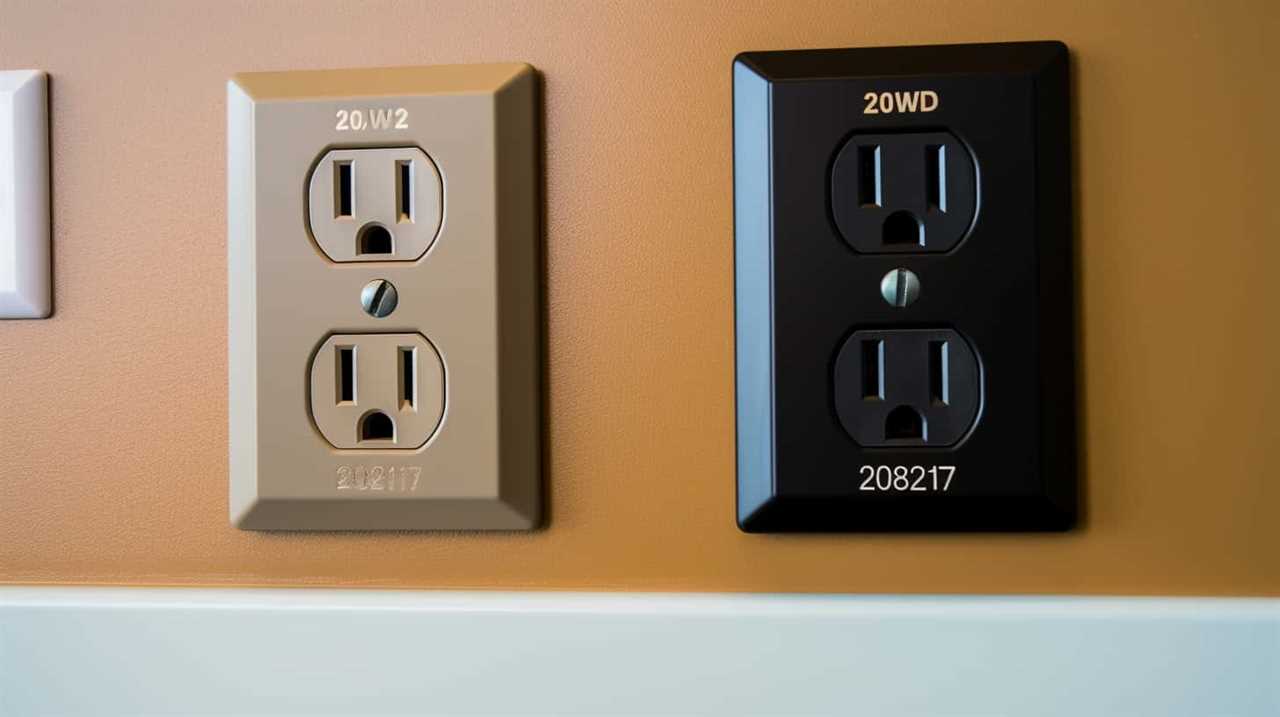
| Safety Guidelines for Portable Generators |
|---|
| 1. Always place the generator outdoors in a well-ventilated area, away from windows, doors, and vents. |
| 2. Ensure the generator is at least 20 feet away from any occupied building. |
| 3. Install carbon monoxide detectors in your home and check their batteries regularly. |
Following these safety guidelines can help prevent carbon monoxide poisoning and ensure the safe use of portable generators. Remember, the proper use and maintenance of generators are essential for the well-being of both you and your family.
Frequently Asked Questions
Can Carbon Monoxide Be Emitted From Electric Heating Systems?
Electric heating systems do not emit carbon monoxide. However, it is essential to be aware of carbon monoxide risks in gas-powered generators and the importance of having carbon monoxide detectors in homes.
Are There Any Safety Measures to Prevent Carbon Monoxide Emissions From Wood-Burning Stoves and Fireplaces?
To ensure safety and prevent carbon monoxide emissions from wood-burning stoves and fireplaces, it is crucial to implement proper safety measures. Regular maintenance, including chimney cleaning and proper ventilation, significantly reduces the risk of carbon monoxide buildup.
How Can I Determine if My Gas-Powered Water Heater Is Emitting Carbon Monoxide?
To detect carbon monoxide emissions from gas-powered water heaters, it is essential to install a carbon monoxide detector near the appliance. Regular maintenance, including proper ventilation and inspection of the heater, can prevent carbon monoxide emissions.

Are Gas-Powered Ovens and Stoves More Likely to Emit Carbon Monoxide Than Electric Ones?
Gas-powered ovens and stoves, compared to their electric counterparts, have a higher likelihood of emitting carbon monoxide. This poses a danger of carbon monoxide poisoning. To ensure safety, it is essential to properly maintain and ventilate gas appliances.
What Precautions Should Be Taken When Using a Gas-Powered Dryer to Prevent Carbon Monoxide Exposure?
Preventing carbon monoxide exposure from gas-powered dryers is crucial. Proper ventilation is essential to ensure the safe operation of these appliances. Regular maintenance, including checking exhaust vents and ensuring adequate airflow, is recommended to minimize the risk of carbon monoxide leaks.
Conclusion
In conclusion, it is important to be aware of the appliances that emit carbon monoxide in order to ensure the safety of our living spaces.
While gas-powered heating systems, wood-burning stoves and fireplaces, gas-powered water heaters, ovens and stoves, gas-powered dryers, and generators are common sources of carbon monoxide, proper ventilation and regular maintenance can help minimize the risk.
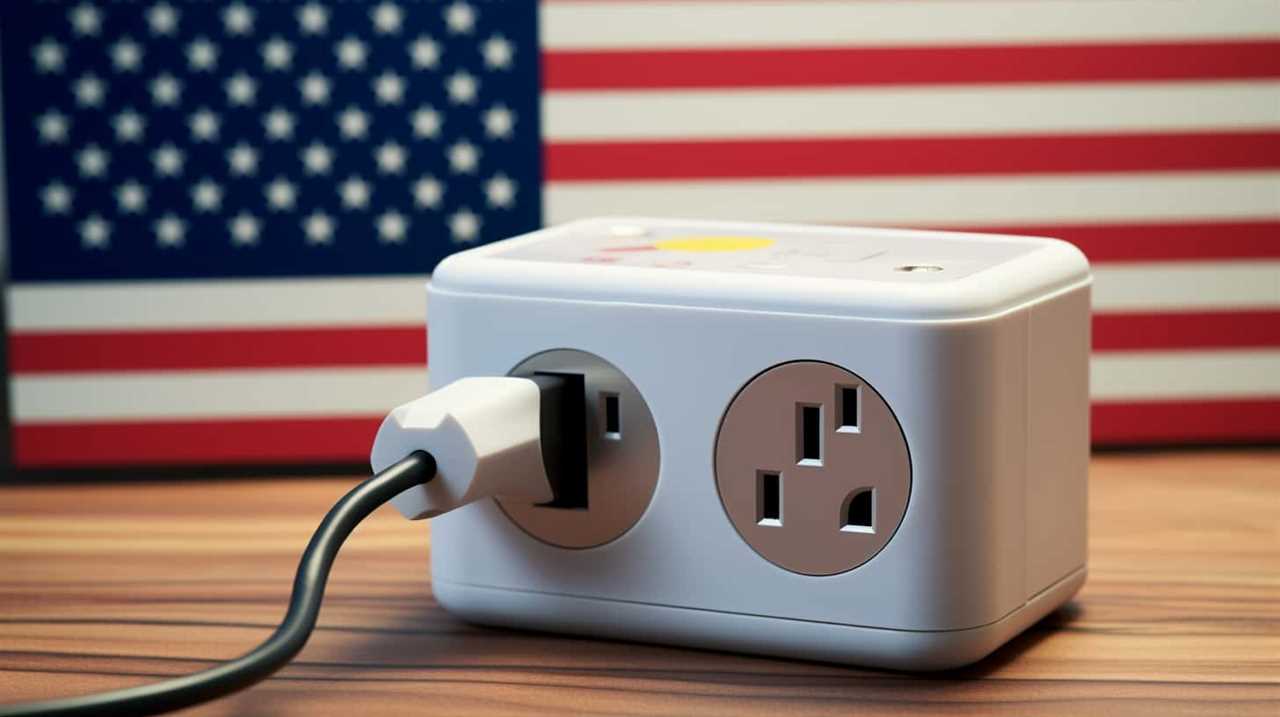
By understanding and addressing these potential sources, we can protect ourselves and our loved ones from harmful carbon monoxide exposure.



